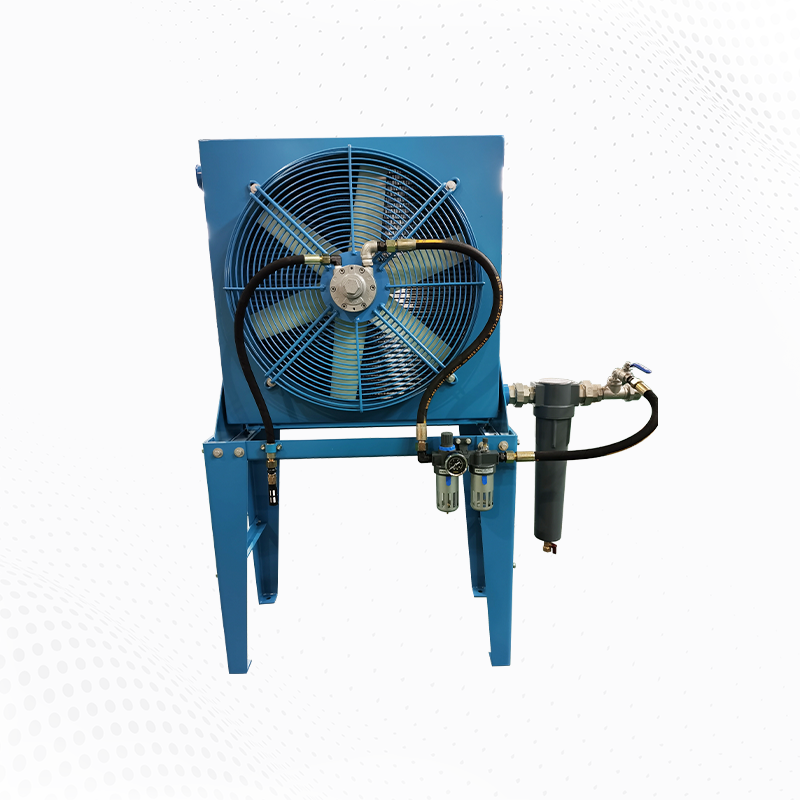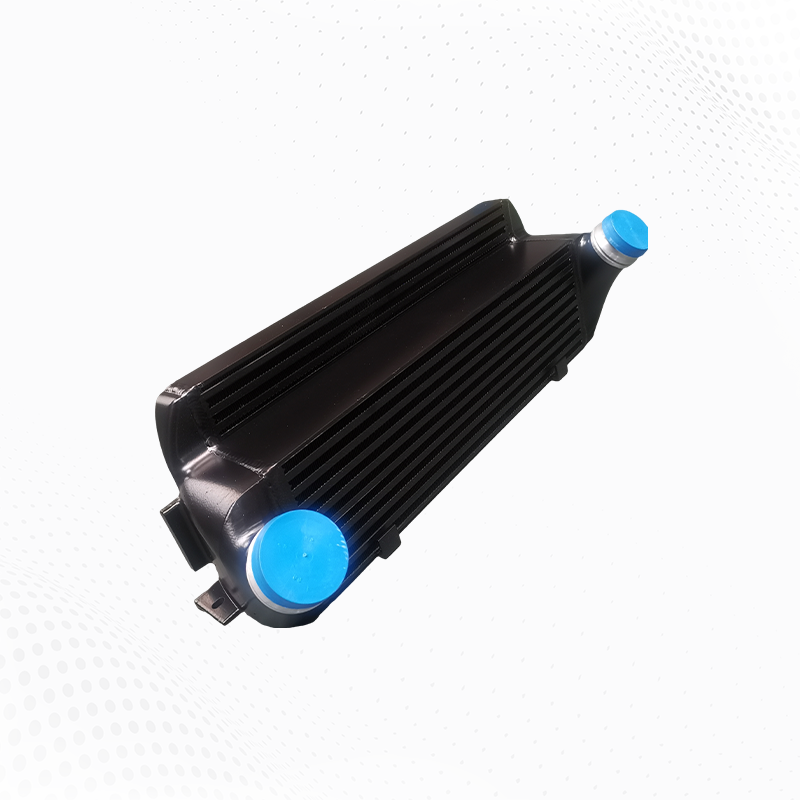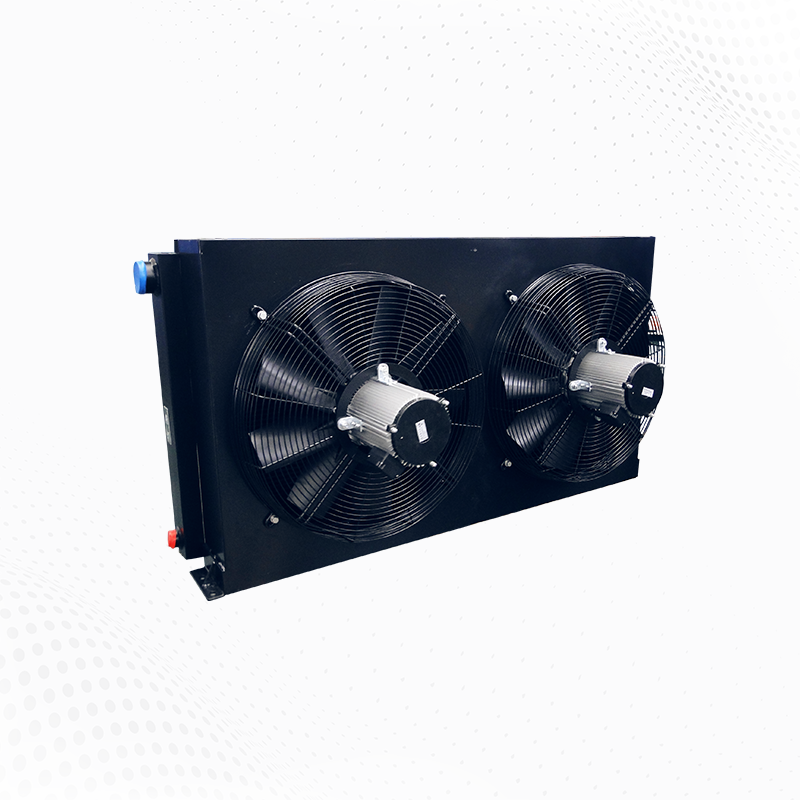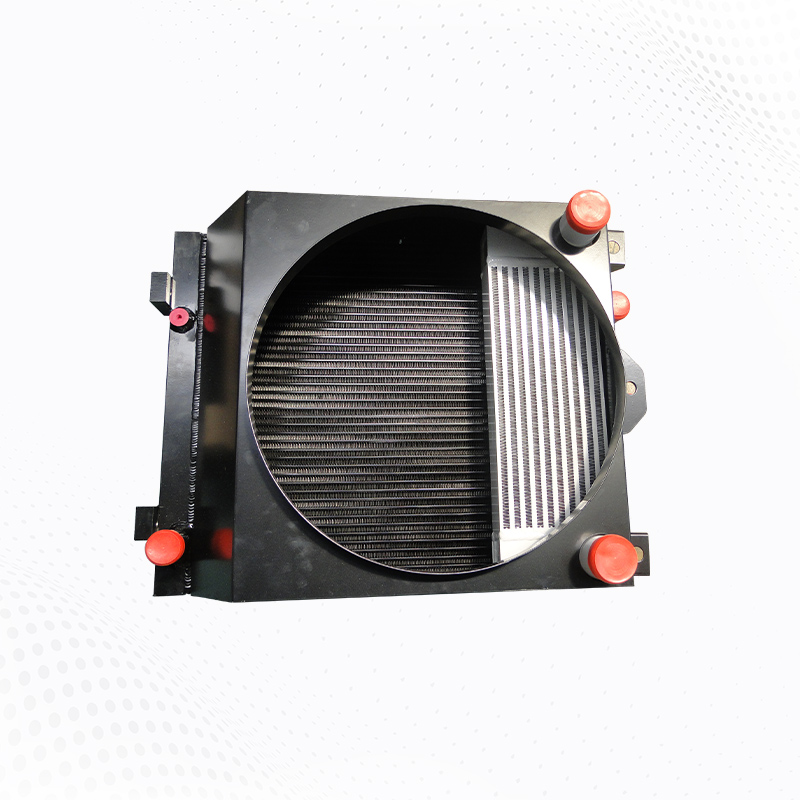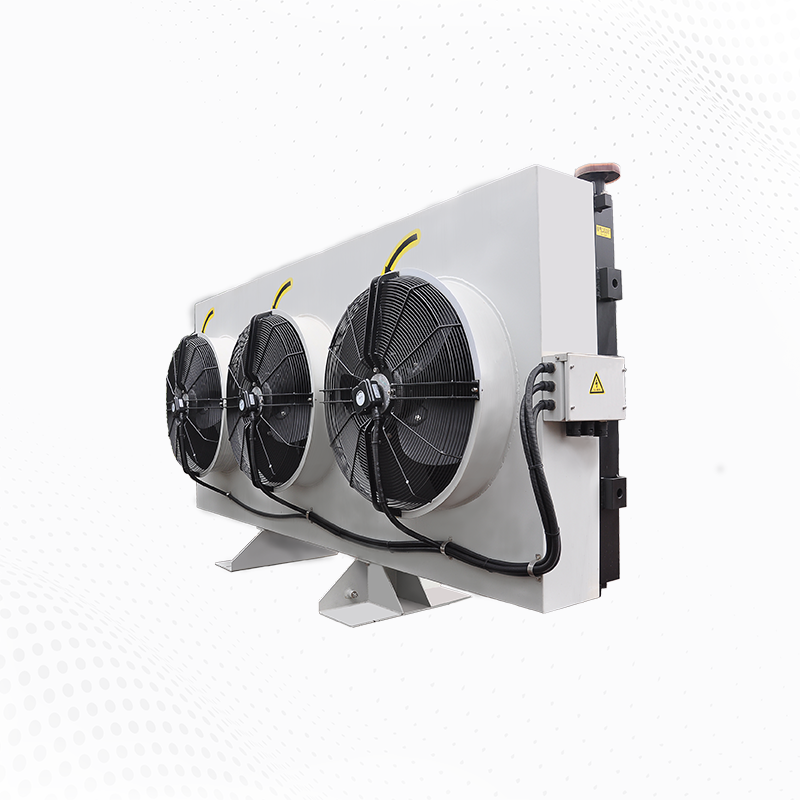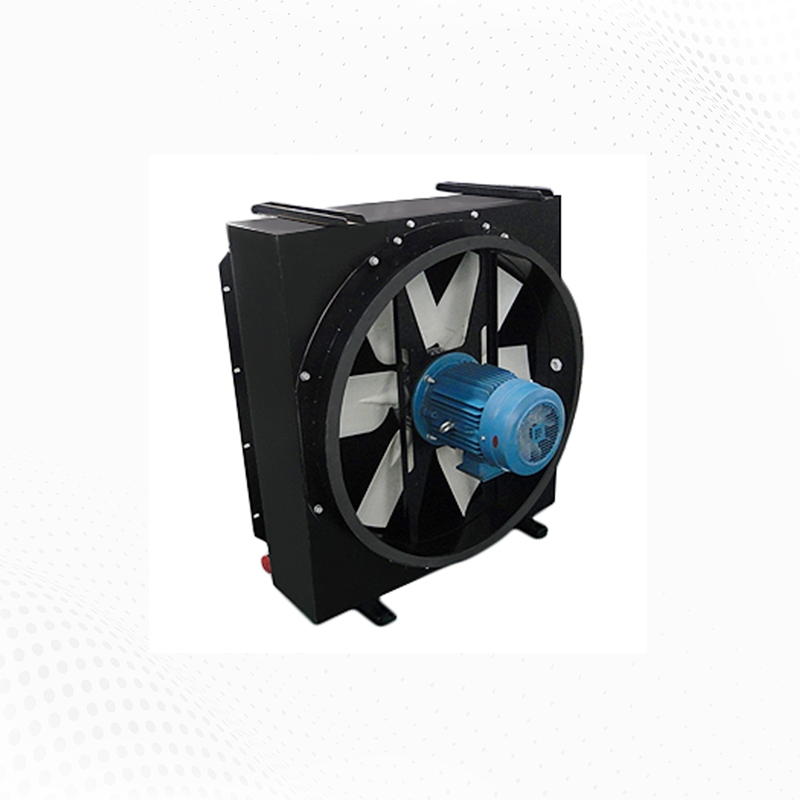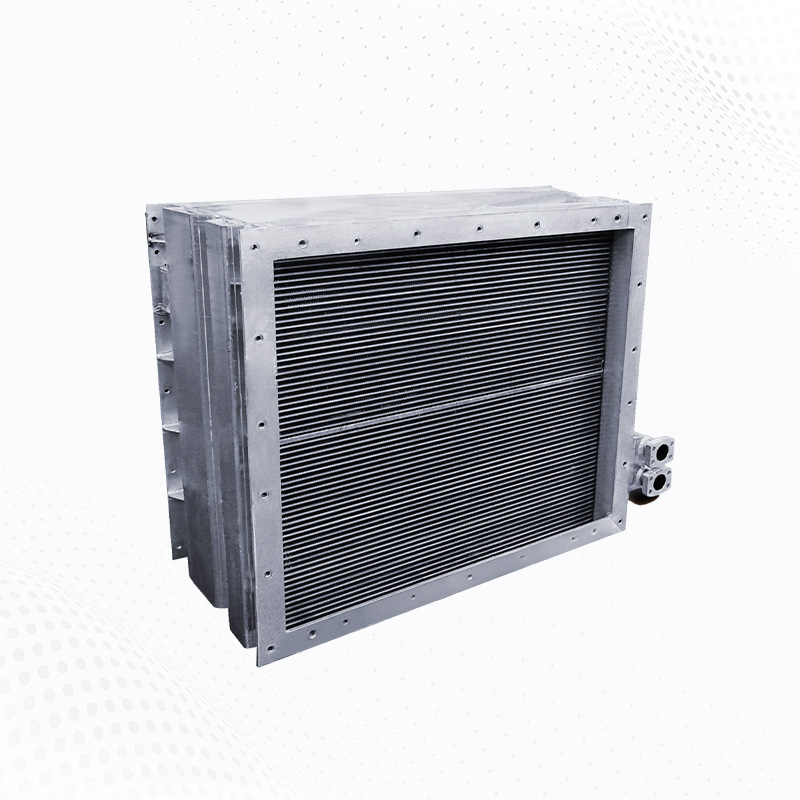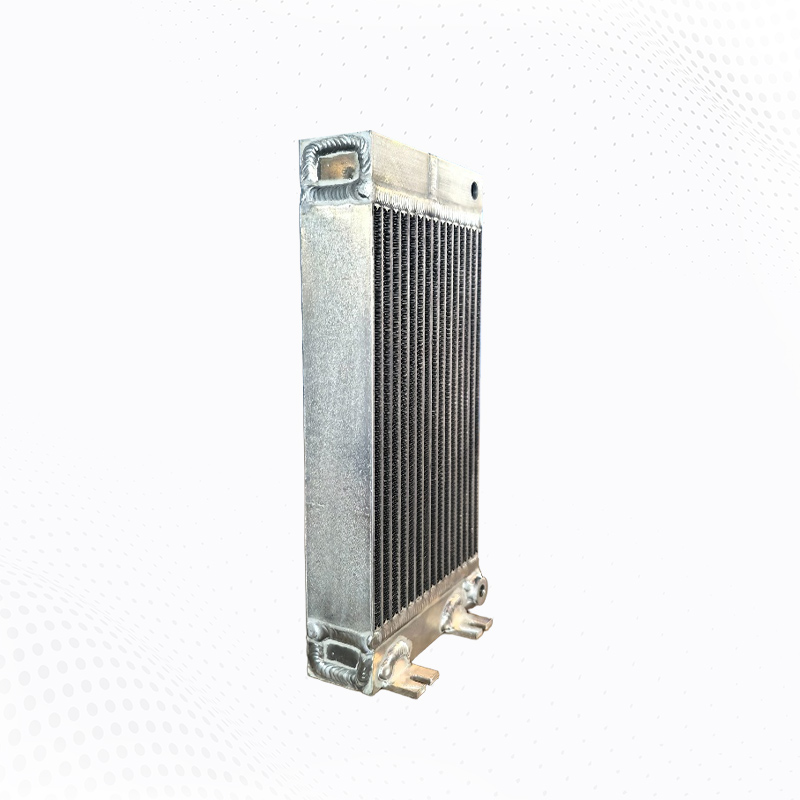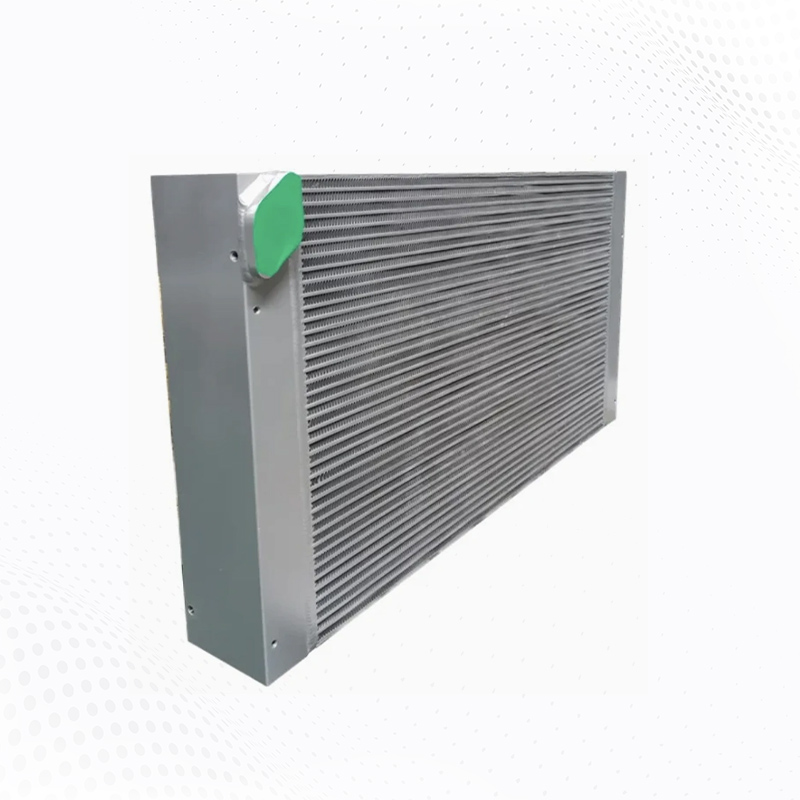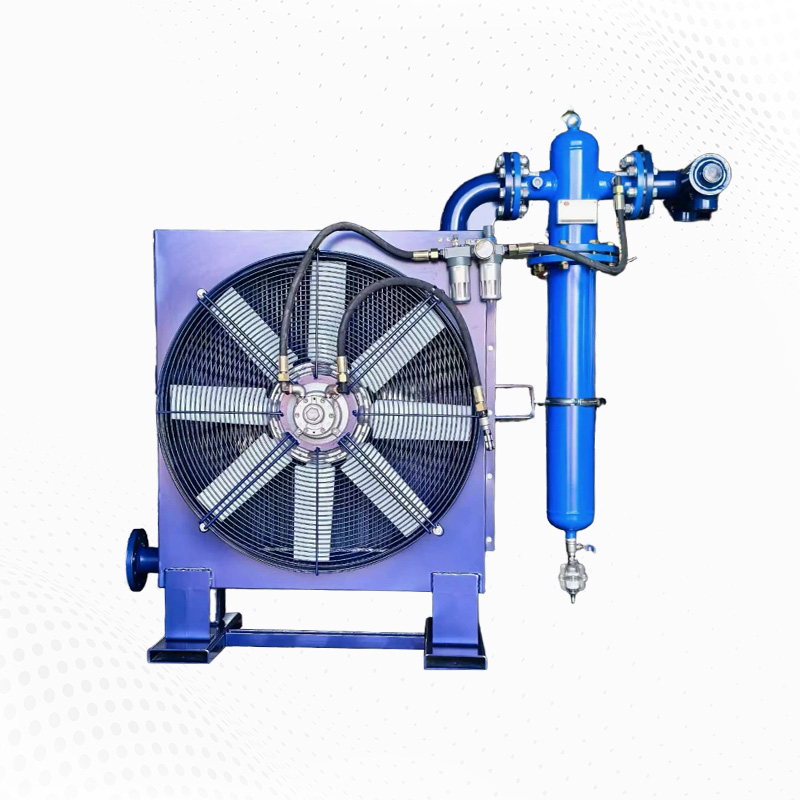I’m an engineer at Wuxi Yuda. If you’re new to heat exchangers, this guide will help you understand what an aluminum plate fin cooler is, how it works, and where it fits best. I’ll keep things practical, with checklists, tables, and simple selection steps you can reuse on your next project.
What is an aluminum plate fin cooler?
An aluminum plate fin cooler is a compact heat exchanger built from stacked flat plates and corrugated fins, brazed into a rigid block. The plates create flow passages; the fins increase surface area and guide the fluid, boosting heat transfer while keeping weight and footprint low. Because of aluminum’s high thermal conductivity and corrosion resistance (in many environments), this architecture offers outstanding heat density compared to shell-and-tube units of similar capacity.
Why engineers choose it
High heat transfer per volume (excellent power density).
Lightweight aluminum core for mobile or weight-sensitive systems.
Flexible fin geometry to tune pressure drop and performance.
Modular blocks allow customized duty in tight spaces.
When it’s not ideal
Extremely dirty or fouling fluids without pre-filtration.
Highly corrosive media requiring exotic alloys.
Very high pressures beyond the brazed core’s rating.
How an aluminum plate fin cooler works (quick tour)
Two (or more) fluids flow through alternating passages. Corrugated fins inside each passage disrupt the boundary layer, increasing turbulence, which raises the overall heat transfer coefficient. The aluminum plates conduct heat between hot and cold channels. By selecting fin types—plain, louvered, or perforated—we balance surface area, mixing, and pressure drop to meet the duty with reasonable pumping power.
| Fin Type | Typical Use | Heat Transfer | Pressure Drop |
|---|---|---|---|
| Plain | Clean fluids, moderate duty | Medium | Low |
| Louvered | High performance airside | High | Medium–High |
| Serrated/Perforated | Enhanced mixing, compact cores | High | Medium |
Tip: With an aluminum plate fin cooler, a small change in fin density can deliver a big change in duty—always validate with CFD or vendor sizing tools.
Common applications for an aluminum plate fin cooler
1) Engine charge air & oil cooling
Mobile equipment, generators, and on-road vehicles use the aluminum plate fin cooler to manage charge-air temperatures and lube-oil heat. The compact core fits near the radiator pack and maintains stable viscosity and turbo efficiency.
2) Hydraulic systems
Excavators, presses, and injection molding machines rely on an aluminum plate fin cooler to keep hydraulic oil within a tight temperature window, preventing seal degradation and cavitation.
3) Air compression & drying
Aftercoolers and intercoolers use an aluminum plate fin cooler to drop discharge temperatures, condense moisture, and improve dryer efficiency with minimal floor space.
4) Power electronics & e-mobility
Inverters, on-board chargers, and battery thermal loops benefit from the light, compact core of an aluminum plate fin cooler, supporting rapid heat rejection with low mass penalty.
5) Process cooling & HVAC
From solvent recovery to close-control HVAC modules, the aluminum plate fin cooler offers high effectiveness and flexible manifold routing for skids and compact plants.
6) Renewable & hydrogen systems
Fuel cell stacks and electrolyzers often integrate an aluminum plate fin cooler for balance-of-plant thermal management where weight and footprint are critical.
Selecting the right aluminum plate fin cooler: a step-by-step mini-framework
Define duty: Heat to reject (kW), inlet temperatures, target outlet temperatures, and allowable approach.
Characterize fluids: Type, viscosity, fouling tendency, corrosion risks, and cleanliness level.
Fix constraints: Max pressure, allowable pressure drop, flow rates, ambient conditions, envelope, mass limits.
Choose fin & core: Pick fin type and density to balance heat transfer vs. pumping power in the aluminum plate fin cooler.
Airside decisions: Natural, forced, or ducted airflow; consider louvered fins for high performance.
Headers & manifolds: Optimize distribution to avoid maldistribution and hotspots.
Serviceability: Plan access for cleaning; specify filtration upstream of the aluminum plate fin cooler.
Validate: Run thermal/pressure models and verify with prototype or vendor test curves.
Performance variables that matter
Face velocity: Higher airside velocity improves convection but raises noise and pressure drop.
Fin density & geometry: The heart of an aluminum plate fin cooler—small tweaks change both UA and ΔP.
Bypass & shrouding: Proper ducting prevents recirculation and improves effectiveness.
Ambient conditions: Correct sizing for altitude, dust, and humidity ensures stable year-round duty.
Thermal cycling: Design for fatigue; consider reinforcement on mounting points.
Installation & maintenance tips
Before commissioning
Pressure test both circuits at specified test ratios.
Flush lines to protect the aluminum plate fin cooler from debris.
Verify fan rotation, shroud gaps, and vibration isolators.
Routine care
Use compressed air (opposite flow) to clear dust; avoid fin damage.
Keep filters upstream and inspect ΔP trends.
Record inlet/outlet temperatures—drift often flags fouling early.
For harsh environments, consider protective coatings compatible with an aluminum plate fin cooler to extend life.
Quick comparison: where an aluminum plate fin cooler shines
| Criterion | Aluminum Plate Fin | Shell & Tube | Brazed Plate (SS) |
|---|---|---|---|
| Heat density | Excellent | Moderate | High |
| Weight | Very low | High | Low–Moderate |
| Fouling tolerance | Low–Moderate (needs filtration) | High | Low–Moderate |
| Custom geometry | Highly flexible | Moderate | Limited |
| Cost per kW (compact) | Competitive | Higher at small sizes | Competitive |
FAQs on the aluminum plate fin cooler
Can I use an aluminum plate fin cooler for corrosive fluids?
It depends on the chemistry and temperature. For chlorides, acids, or galvanic risks, we may propose alternative alloys, coatings, or a different architecture. Share your medium, concentrations, and target life so we can qualify an aluminum plate fin cooler safely.
What’s the best way to size the core?
Provide duty (kW), flow rates, inlet/outlet temperatures, limits for ΔP, and ambient conditions. Our engineering team models fin options and selects the aluminum plate fin cooler geometry that meets performance with adequate margins.
How do I clean the fins without damage?
Use low-pressure air in the reverse direction of normal flow, then a soft brush for stubborn debris. Avoid high-pressure washing directly at the core. Proper filtration upstream of the aluminum plate fin cooler is the best long-term strategy.
Can one core handle multiple fluids?
Yes, multi-stream designs are a classic strength of the aluminum plate fin cooler. We isolate circuits with separate passages, but correct header design and validation testing are essential.
Why partner with Wuxi Yuda
Application-driven engineering: We design your aluminum plate fin cooler around real constraints—duty, noise, envelope, and lifecycle cost.
Manufacturing depth: Precision fin forming, controlled-atmosphere brazing, and rigorous leak testing.
Lifecycle support: CFD validation, prototype testing, on-site startup, and maintenance playbooks.
Whether you need a standalone aluminum plate fin cooler or a complete thermal module, our team can configure the core, fans, shrouds, and controls as one optimized package.
Talk to a Wuxi Yuda engineer about your aluminum plate fin cooler project.


